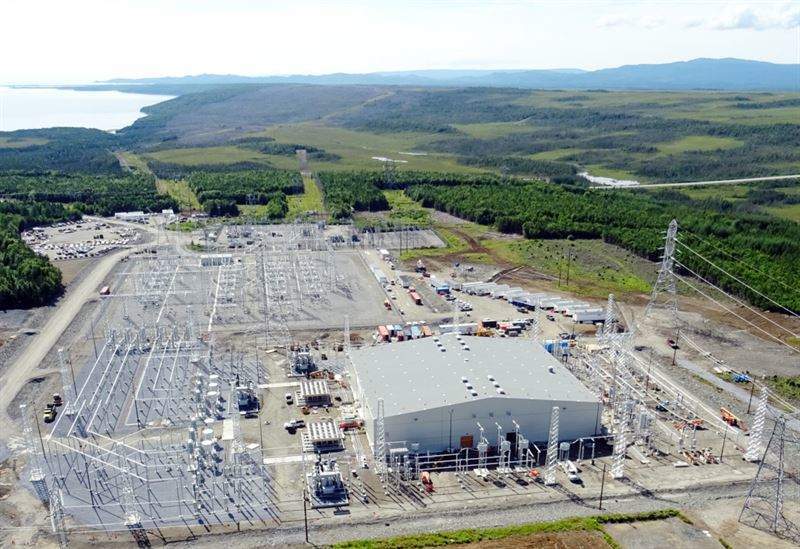
The Maritime Link will transmit clean, renewable energy, generated in Newfoundland and Labrador to the North American grid in Nova Scotia, while reducing dependence on fossil fuels.
ABB said that the interconnector has been handed over to Emera, a energy and services company headquartered in eastern Canada. The link made the first exchange of electricity in last December and it went into service this January.
ABB has continued working with Emera and the system operators in each province during the initial operation.
The company claims that stabilizing features in its solution will allow Nova Scotia to integrate additional renewables including wind power to contribute to Canada’s emission reduction efforts.
For this project, ABB has used HVDC Light technology, which is claimed to be the first bipolar configuration of its kind in the world using reliable Voltage Source Converters (VSC).
ABB said that its solution is designed to enhance system availability, reduce losses and increase grid reliability, as power continues to flow even if one conductor or converter is not in use.
ABB Grid Integration business head Patrick Fragman said: “Our proven HVDC Light technology will enable the historical Maritime Link project to integrate and deliver clean renewable energy while enhancing grid stability and enabling power sharing.
“HVDC transmission, a technology we pioneered and lead, is an important element of our Next Level strategy, reinforcing our position as a partner of choice for enabling a stronger, smarter and greener grid.”
Besides, the two converter stations for the ±200 kilovolt (kV) HVDC link, the project scope also included two 230kV alternating current (AC) substations in Newfoundland, one 345kV AC substation in Nova Scotia and two cable transition stations.






